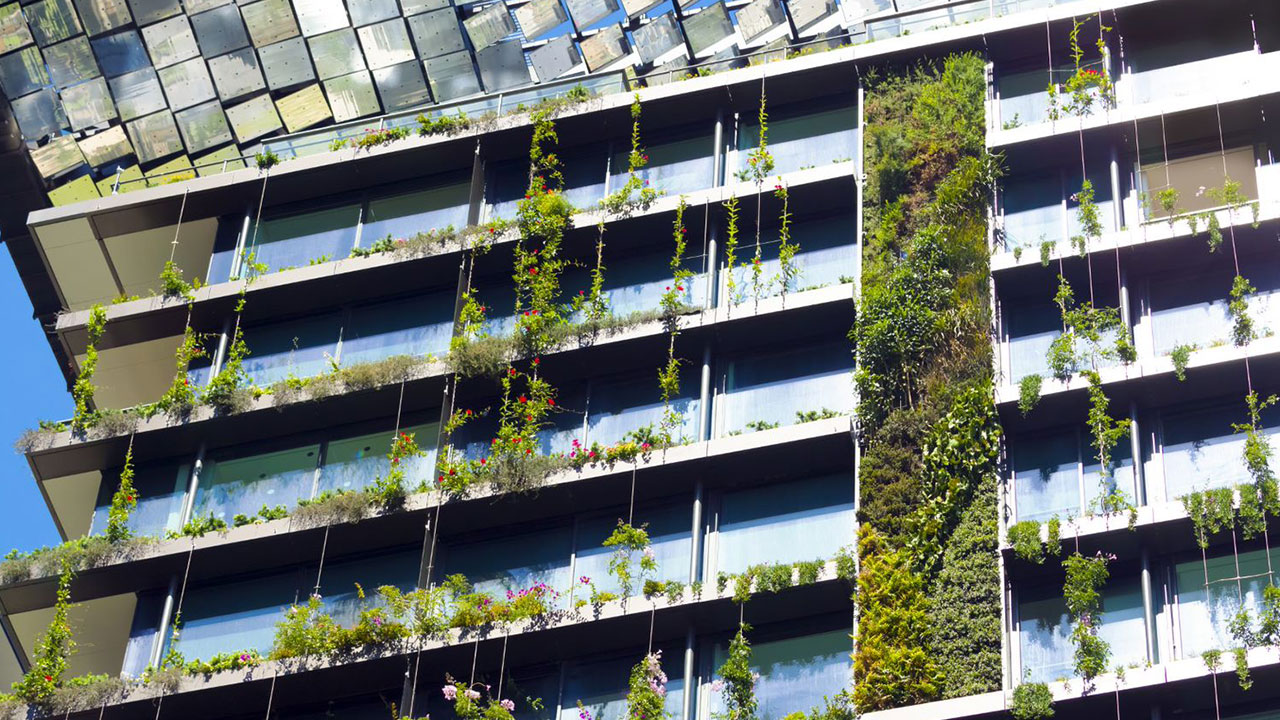02
The economy: a marathon, not a sprint
The strength of the Australian economy underpins the strength of the commercial property market. Its relative resilience is an important point to remember – and monitor – for commercial property owners.
There are currently near-term risks and challenges to the downside, particularly as interest rates rise, and cost pressures for individuals and businesses persist. However, as it stands the current cycle doesn’t have the hallmarks of a major downswing for the commercial market. In many ways, the sector is systemically stronger than during other downturns, says David Roberts, Associate Director at Macquarie Asset Management, Real Estate.
“No two downturns are the same, but there are some good things to consider - the Australian banks have been cautious in providing finance to commercial real estate investors and developers, which means we have not seen the sharp rise in credit and development activity that we have seen in previous cycles. This means when interest rates do rise, the majority of investors and borrowers will be well positioned to be able to absorb them and continue to service their debts,” he says.
That said, investors are understandably cautious on the outlook at the moment, as they wait to assess where pricing sits as we move through this current cycle. In this context, the message to worried business and property owners is to take a long-term view as conditions tighten.
“The cash rate will peak, before we potentially start to see a recovery in the market thereafter,” says Laurence Hart, National Head of Property Lending at Macquarie Business Banking. “So, it’s going to get worse before it gets better, but we aren’t expecting stagnant territory for years and years.”



